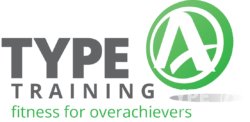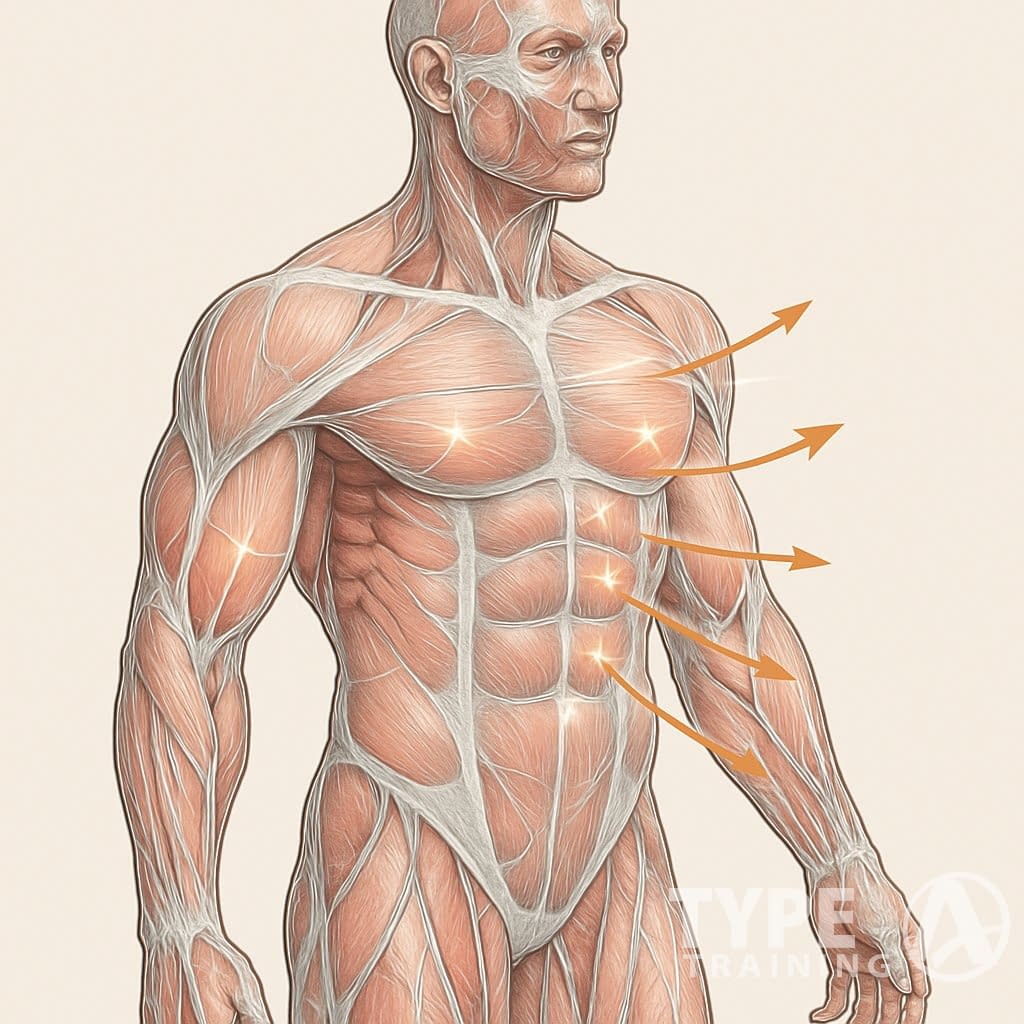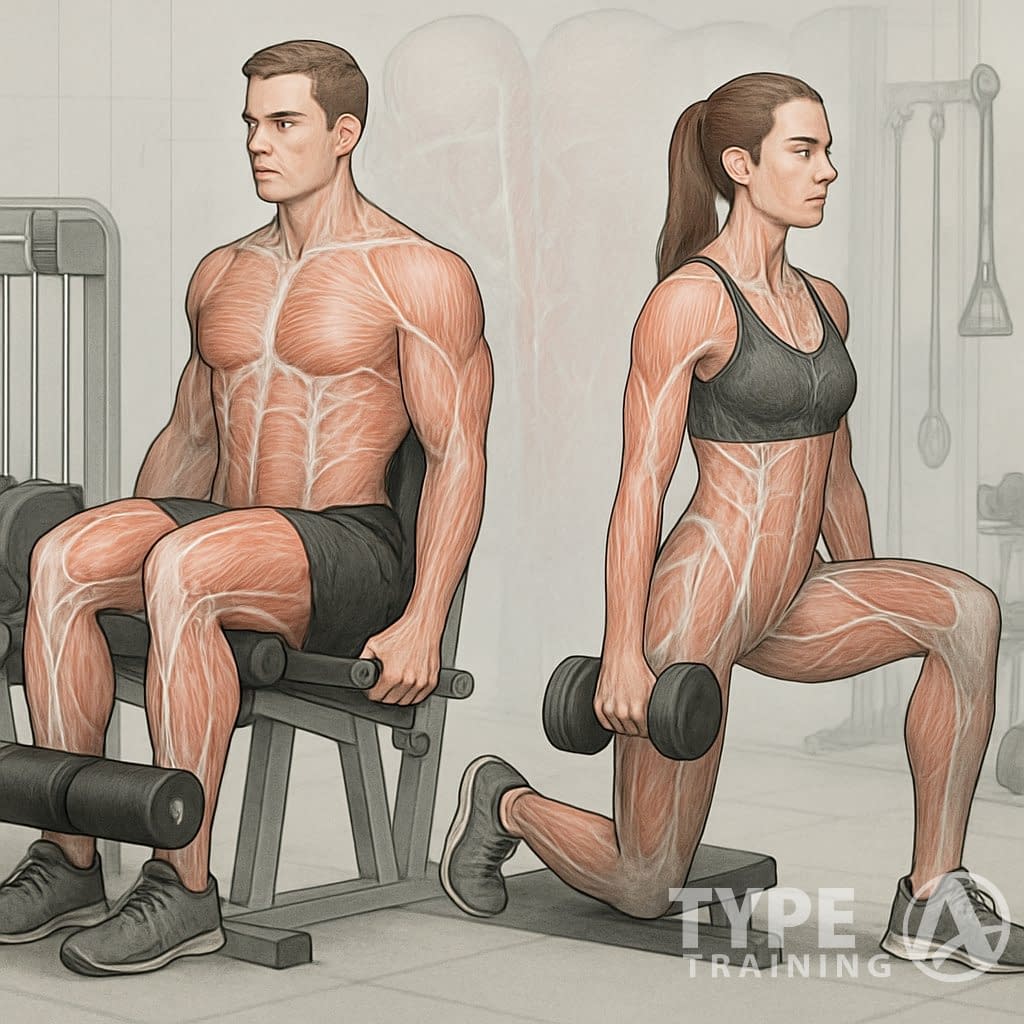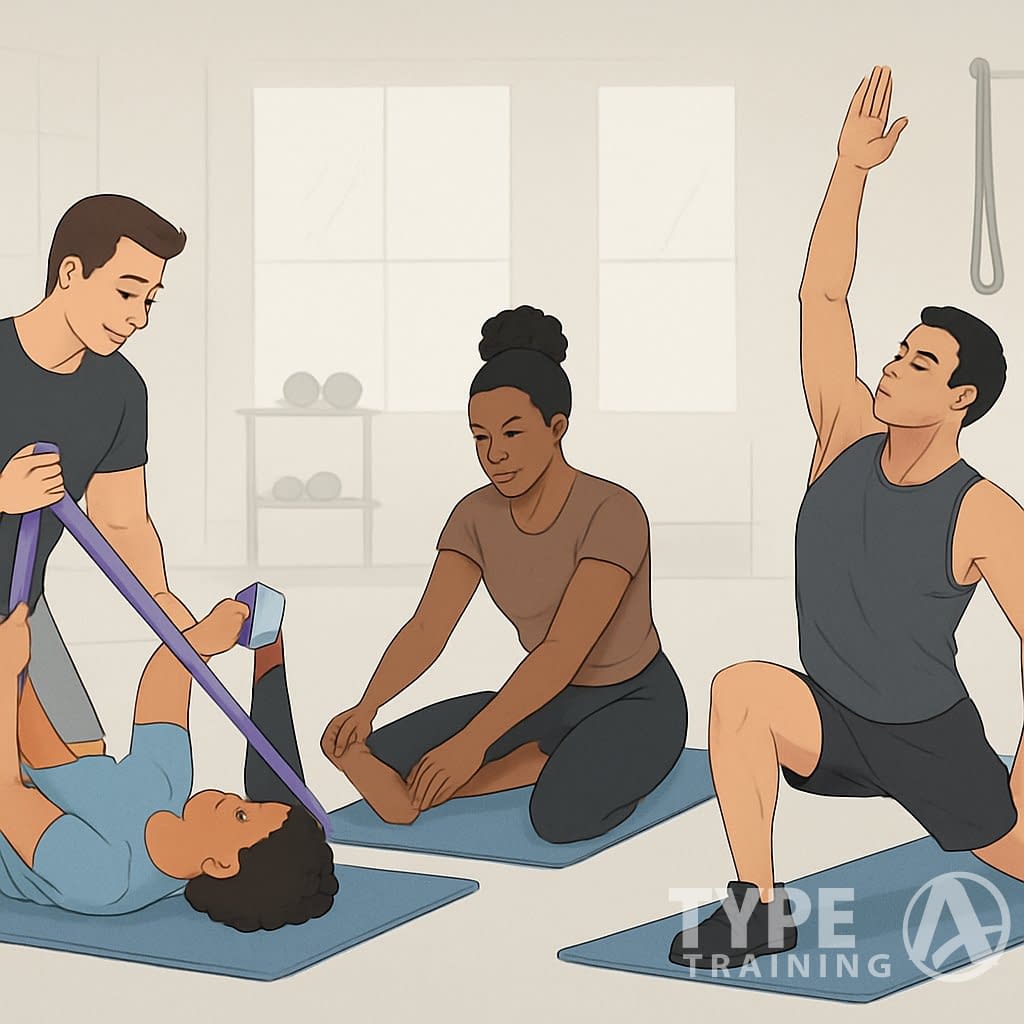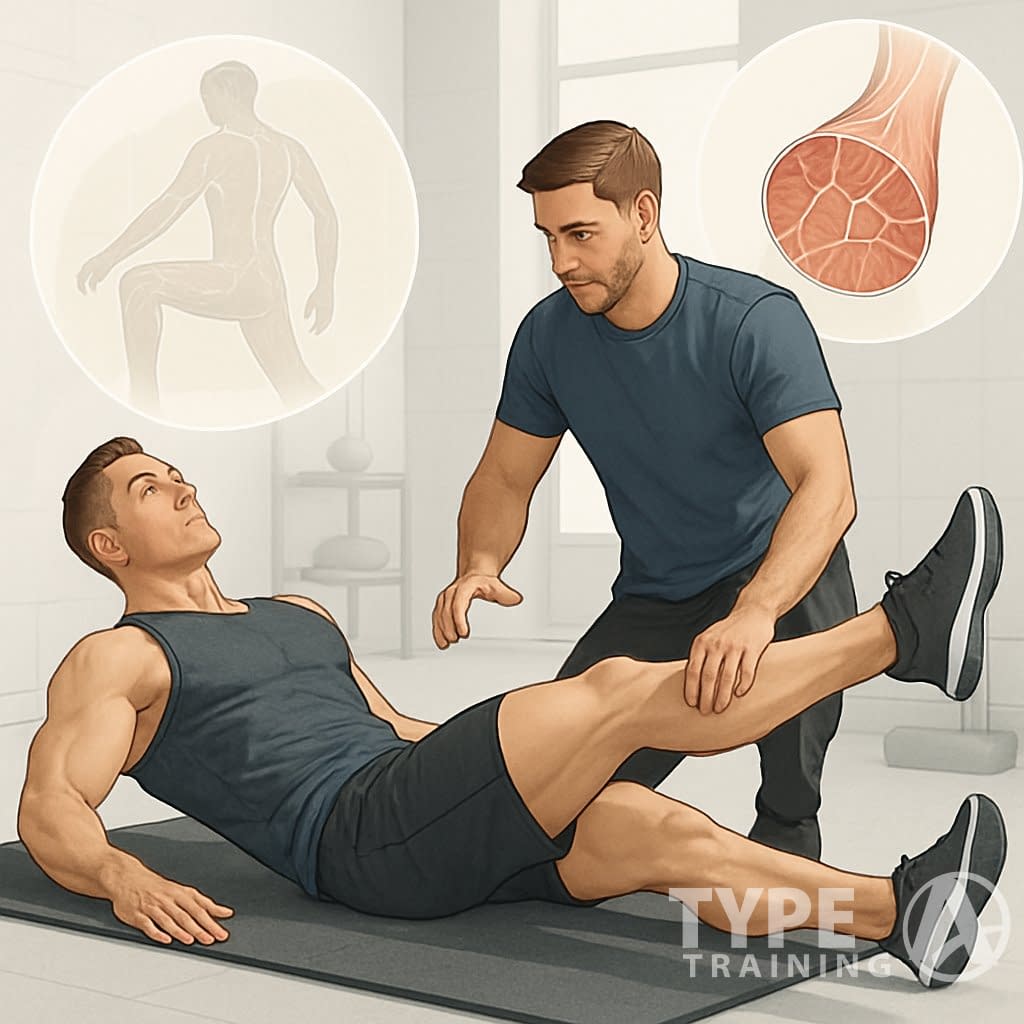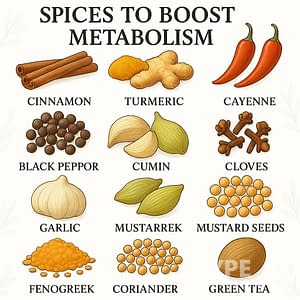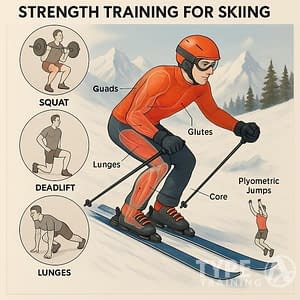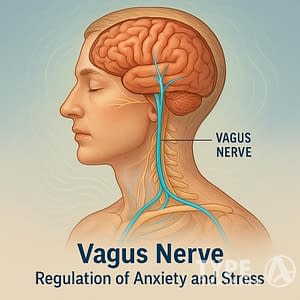Looking to take your muscle growth up a notch? FST-7, or Fascia Stretch Training, could be the strategy you’ve been missing.
Created by trainer Hany Rambod, this method zeroes in on stretching the fascia—that connective tissue wrapping your muscles. The idea is simple: make more space for your muscles to expand and grow.
FST-7 works by pumping up your muscles from the inside out. It uses focused pump training to help you bust through plateaus when old-school routines just aren’t cutting it.
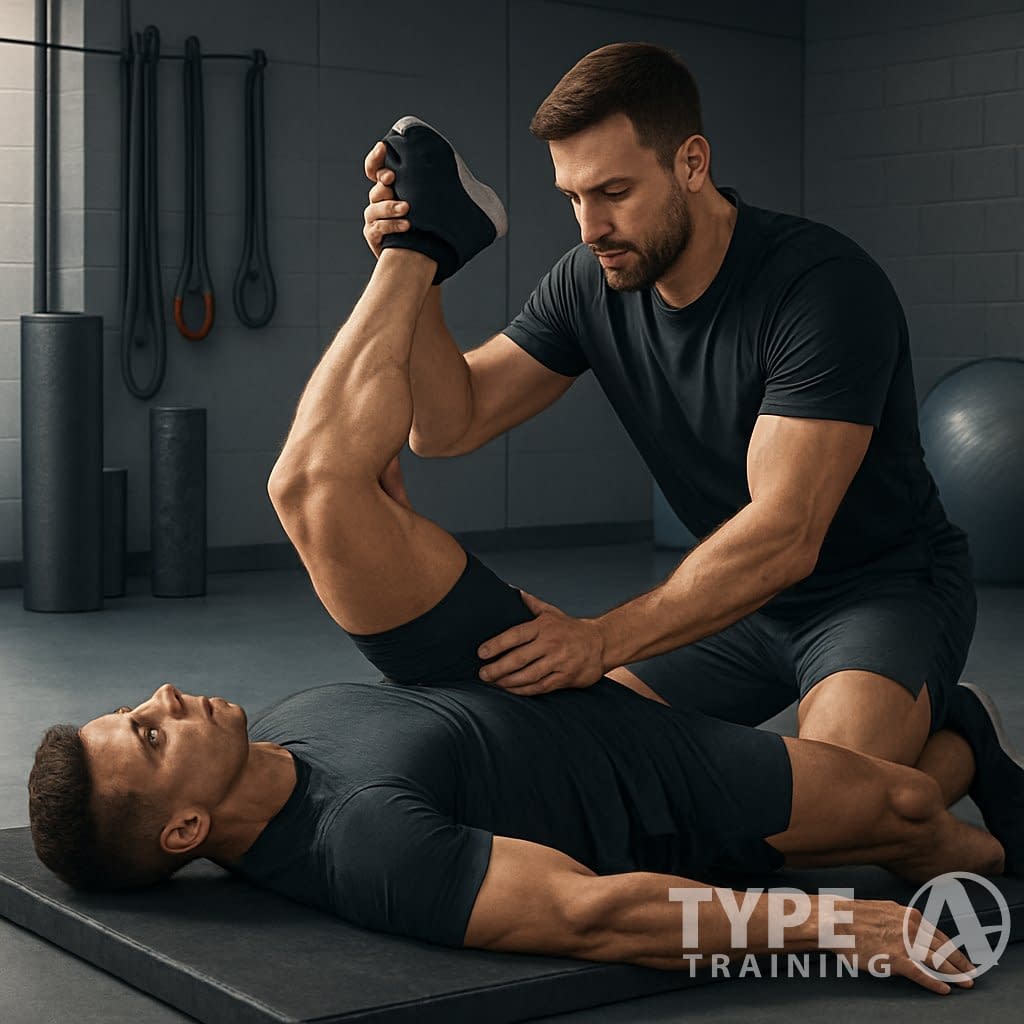
Popular posts:
What really sets FST-7 apart? The famous “7” protocol. You’ll hammer out seven sets of an exercise with barely any rest at the end of your workout.
This technique creates a wicked pump that presses against the fascia, which might help your muscles expand more over time. Plenty of championship bodybuilders have used this fascia-stretch training approach and swear by the results.
You don’t have to be a pro to try it. FST-7 fits into most programs and can be tweaked for different fitness levels.
The system usually mixes traditional strength training with specialized finishing exercises. It’s designed to be safe and really maximize that muscle pump.
Key Takeaways
- FST-7 targets muscle growth by stretching the fascia with high-volume, pump-focused training using seven sets and short rest.
- You can add FST-7 moves as finishers to your current workouts to boost results—no need to overhaul everything.
- Nailing FST-7 means focusing on form, picking the right exercises, and getting enough recovery to avoid injury.
What Is FST-7 (Fascial Stretch Training)?
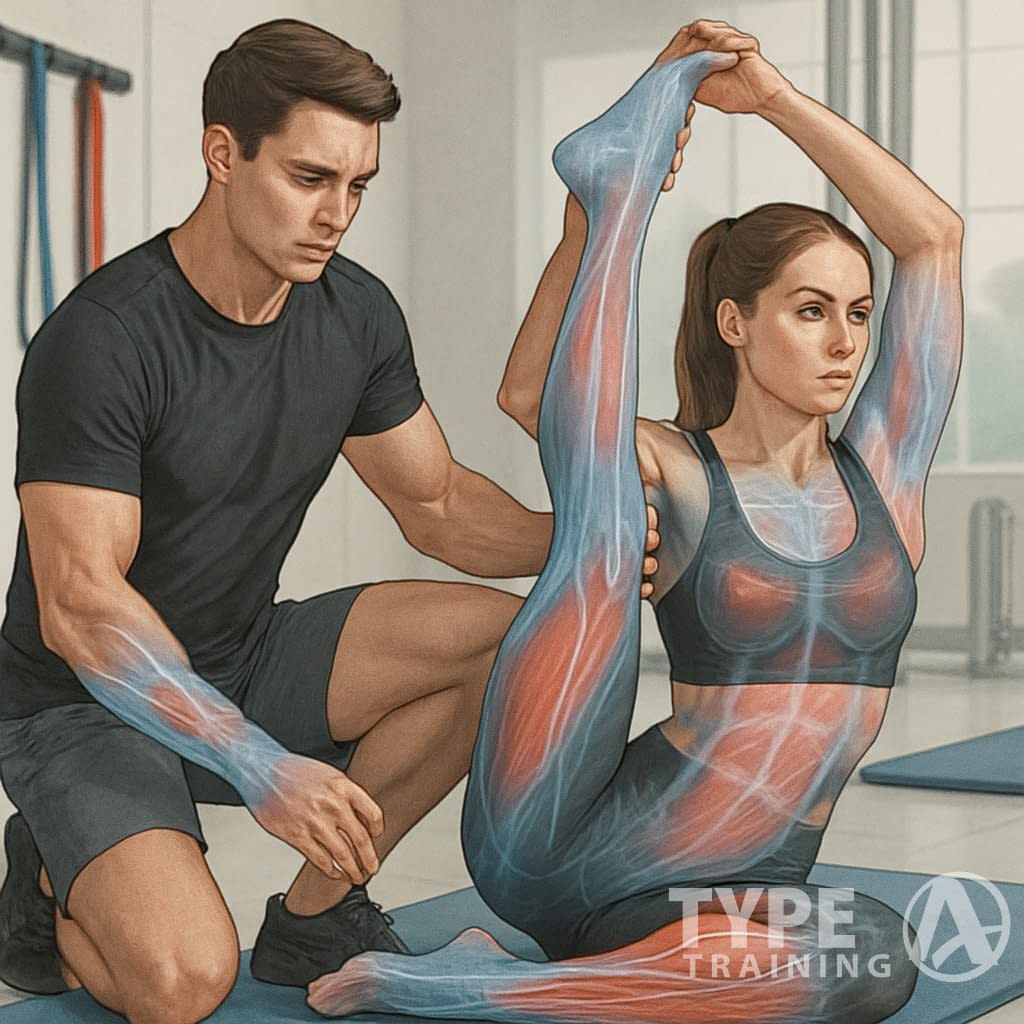
FST-7 is a bodybuilding method built to stretch the fascia around your muscles. The “7” stands for the seven sets you do at the end of each exercise with barely any rest.
Origins and Development
Coach Hany Rambod came up with FST-7 after seeing how traditional training sometimes left muscle growth on the table because of tight fascia.
The method took off in the mid-2000s. Rambod’s clients started dominating bodybuilding competitions, and many top athletes credited FST-7 for breaking through stubborn plateaus.
He kept tweaking the system with real clients, adjusting protocols based on what worked best. That hands-on testing helped FST-7 earn its reputation as a legit, competition-proven approach.
Principles of FST-7
The main idea? Target the fascia—the tough tissue hugging your muscles. If it’s too tight, it could hold back your gains.
Here’s what FST-7 is built on:
- Seven Sets: Hit 7 sets of 8-12 reps on the last exercise for each muscle.
- Short Rest: Only 30 seconds between those sets.
- Pump Focus: Drive as much blood into the muscle as possible.
- Stretching: Really emphasize the stretch in every rep.
You’ll do your normal training first, then use the FST-7 protocol to finish strong.
How FST-7 Differs from Other Training Methods
Most bodybuilding routines chase progressive overload with moderate volume and longer rests.
FST-7? It’s all about those high-volume finishers with barely any rest, creating a crazy muscle pump. That’s not something you see in typical programs.
Instead of spreading volume across your workout, FST-7 piles it on at the end with those seven sets. It’s a different kind of challenge.
There’s also more focus on nutrition and timing—especially around your workout. You’re encouraged to dial in your nutrient intake before, during, and after to keep up with the demands of pump training.
Anatomy of the Fascia and Muscle Growth
Fascia is more important than most people think. It gives your muscles structure, but it can also hold them back if it’s too tight.
Role of Fascia in Muscle Development
Fascia is that tough, fibrous tissue wrapping around your muscles. It forms a web throughout your body, connecting everything together.
Layers of collagen give it both strength and flexibility. Your muscle fascia does a few key things:
- Holds muscles together
- Separates muscle groups
- Helps transfer force when you move
- Contains nerve endings that affect muscle function
As you train, your fascia adapts along with your muscles. But if it’s too tight, it might actually limit how much your muscles can grow.
Connection to Muscle Hypertrophy
Muscle hypertrophy means your muscle fibers get bigger. Some believe fascia can act as a barrier, restricting just how much your muscles can expand.
FST-7 principles suggest that tight fascia is like a bag that’s already full—there’s nowhere else for the muscle to go.
Stretching the fascia with specific training might open up more room for growth. That’s the whole point behind fascia-focused methods.
You need enough space for your muscles to reach their full size. When you combine this with solid nutrition and recovery, working on fascia tightness might help you smash through growth plateaus.
Impact on Muscle Pumps
Ever chase the pump? That’s when blood rushes into your muscles and makes them swell up. The swelling stretches the fascia and could help with growth.
FST-7 training is built to maximize this effect. Seven high-volume sets with short rest drive blood into the muscle, causing:
- Temporary fascia stretching
- Better nutrient delivery
- More metabolic stress (which can trigger growth)
- A stronger mind-muscle connection
When you get a serious pump, the pressure against the fascia might actually signal your body to allow more growth. That stretching sensation during a workout? It’s probably your fascia getting pushed.
If you keep chasing pumps like this, your fascia might become more elastic over time. That could mean more room for muscle, long term.
Core FST-7 Techniques and Protocols
FST-7 isn’t just about doing more sets. It’s about how you structure your workout, what exercises you pick, how many reps you do, and how you chase the pump.
Seven Set Principle
The backbone of FST-7 training is the “7”—seven sets at the end of your workout, barely resting between them.
You’ll do your normal workout, then finish off with these seven intense sets. The goal? Flood your muscles with blood and stretch the fascia as much as possible.
Say you finish your chest workout, then do seven sets of cable flyes. That move hits the muscle from all angles, helping you get a full expansion.
Pick weights that challenge you but let you keep good form through all seven sets. Don’t start too heavy, or you’ll burn out early.
Isolation vs. Compound Movements
FST-7 uses both compound and isolation exercises, but there’s a strategy to it.
Start with big compound lifts—squats, bench, rows. These build strength and mass. Do them early in your workout, with heavier weights.
For the seven-set finishers, go with isolation moves. Think cable crossovers, leg extensions, or concentration curls. These let you focus on one muscle and really drive in the pump.
The FST-7 method usually saves isolation moves for those final sets. You get better control, a tighter pump, and more direct fascia stretching.
Rep Ranges and Rest Periods
FST-7 has specific rep ranges and rest. For most exercises, shoot for 8-12 reps with 60-90 seconds rest.
On those final seven sets, bump it up to 12-15 reps. The higher reps pump more blood into the muscle.
Rest just 30-45 seconds between those finishing sets. That short break keeps the muscle full and the fascia under pressure.
FST-7 Rest Guidelines:
- Regular sets: 60-90 seconds
- Seven pump sets: 30-45 seconds
- Between different exercises: 60-120 seconds
Pump Sets and Intensity
The pump sets in FST-7 aren’t just high-rep; they’re high-intensity. You want that burning, swollen feeling.
Use a controlled tempo—don’t rush, even when it gets tough. Squeeze at the top of each rep to maximize the pump.
Stay hydrated. If you’re dehydrated, you’ll lose the pump and the whole point of the set.
Try these techniques for more intensity:
- Drop sets: Lower the weight if you need to finish all reps
- Constant tension: Don’t lock out or rest mid-rep
- Mind-muscle connection: Focus on the muscle you’re working
- Full range of motion: Stretch deep at the bottom of each rep
The burn gets real during pump sets, but that’s where the magic happens. Push through it and your fascia will thank you.
FST-7 Workout Structure
FST-7 is all about stretching the fascia with high-volume finishers. You’ll use certain rep ranges and rest periods to chase the biggest muscle pump possible.
Typical Workout Routine
The core of FST-7 training is all about hammering out 7 sets of 8-12 reps on the very last exercise for each muscle group. That’s what the “7” stands for—seven sets, right at the end.
You’ll kick things off with the usual heavy compound lifts. Most folks do 3-4 exercises per body part, 3-4 sets each.
For the FST-7 part, pick an isolation move that really targets the muscle from a different angle. Rest just 30-45 seconds between these finishing sets to keep the blood pumping and the muscle full.
Try to keep your tempo controlled—2-3 seconds lowering the weight, 1-2 seconds lifting. That time under tension is what stretches the fascia.
Example 5-Day Split
A typical FST-7 five-day split might look like this:
Day 1: Chest & Biceps
- Regular exercises: 3-4 chest moves, 2-3 for biceps
- FST-7 finishers: Cable crossovers (chest), Cable curls (biceps)
Day 2: Legs
- Regular exercises: 4-5 for legs
- FST-7 finisher: Leg extensions or leg press
Day 3: Rest
Day 4: Shoulders & Triceps
- Regular exercises: 3-4 shoulder moves, 2-3 for triceps
- FST-7 finishers: Lateral raises (shoulders), Pushdowns (triceps)
Day 5: Back & Abs
- Regular exercises: 4-5 for back, 2-3 for abs
- FST-7 finisher: Cable pulldowns or seated rows
FST-7 Integrated Workout Plan
To run an effective FST-7 program, you’ve got to plan each session. Always start with a proper warm-up—5-10 minutes of light cardio, then some dynamic stretching.
Use heavier weights for your main lifts, stick to 8-12 reps, and take normal rest (60-90 seconds). This is where you build the base of your strength and muscle.
The FST-7 sets come at the end. During these seven sets, really focus on making the target muscle do the work. Sip water between sets to help keep the pump going.
A lot of experienced lifters ease into FST-7, maybe just one or two body parts a week at first. You can use this style whether you’re bulking or cutting—just tweak your diet to match your goals.
Key FST-7 Exercises and Equipment
FST-7 relies on some specific exercises and gear to really stretch the fascia and drive muscle growth. You want a good mix of isolation moves, machines, and heavy compound lifts to get the best effect.
Isolation Movements
Isolation exercises are the bread and butter of the FST-7 training method. They let you zero in on one muscle and flood it with blood.
Cable crossovers work wonders for chest. You can keep tension through the whole range and really feel that stretch.
Leg extensions and leg curls are perfect for quads and hamstrings. They let you focus on form and squeeze out those 7 sets with short rests.
Cable curls are awesome for biceps during FST-7. The steady tension helps you get that pump you’re chasing.
When you do isolation work, try to keep your mind on the muscle. Even when you’re tired in those last sets, don’t let your form get sloppy.
Pump-Focused Machines
Machines play a big role in FST-7 training because they keep things safe and the tension constant. The leg press is a classic for quads—great for finishing off with 7 hard sets.
The pec deck is another favorite. It gives you a killer chest pump and doesn’t wreck your joints.
If you’re using machines for FST-7, tweak the settings to get the biggest stretch possible. Take short breaks—30 to 45 seconds—between those seven sets to keep the blood moving.
Heavy Weights and Strength Training
Pump work is huge in FST-7, but you can’t skip the heavy stuff. Compound lifts like incline dumbbell press build upper chest size and strength before you finish with isolation.
Deadlifts are a must for total back and posterior chain strength. They also set the stage hormonally for muscle growth.
Close grip bench press hits the triceps and makes your stabilizers work too. Pull-ups are great for back before you move to machines or cables.
Start your sessions with these big lifts, pushing yourself with challenging weights. Then move to isolation, and wrap up with the signature 7 sets for the pump. This mix of heavy and pump work is what makes FST-7 so effective, especially for stubborn muscles.
Adaptations for Different Experience Levels
You can tweak FST-7 to fit anyone, no matter where they are in their fitness journey. The trick is adjusting how hard you go, how much you do, and how you recover.
Beginners in FST-7
If you’re new to FST-7, keep it simple. Just pick one exercise per muscle group to try the technique.
Use lighter weights that you can handle for all 7 sets. Shoot for 12-15 reps each, resting about 45 seconds between sets.
Beginner FST-7 Tips:
- Start with big muscle groups like chest, back, and legs
- Stick to machines for better control
- Hit each muscle group once a week
- Focus on feeling the pump, don’t push to total failure
You’re not trying to max out the stretch right away. Just get the hang of it. Most beginners notice solid changes in 4-6 weeks with this approach.
Advanced Bodybuilders
If you’re more experienced, FST-7 can get pretty intense. You might use the 7-set protocol on two or three exercises for a muscle, usually saving it for the end.
Cut rest down to 30 seconds between sets to crank up the intensity.
Advanced Implementation:
- Pre-exhaust with isolation work
- Move to heavy compound lifts
- Finish with FST-7 sets at full throttle
- Try drop sets on the last couple sets
Some advanced lifters like to mix in techniques like rest-pause or partial reps. This creates a crazy pump and might just spark new growth.
Overcoming Plateaus
If you’re stuck, FST-7 gives you some plateau-busting options. The main thing is to shake things up while sticking to those 7-set finishers.
Try these strategies:
- Switch between heavy (8-10 reps) and lighter (12-15 reps) FST-7 cycles
- Do “shock weeks” where you up the frequency
- Shorten rest periods as you go—start at 45 seconds, end at 20
- Add partial reps at the end of each set
If a muscle just won’t grow, try FST-7 for it twice a week using different exercises. That gives you more chances to stretch the fascia without overdoing it.
Nutrition and hydration matter even more when you’re pushing FST-7 hard. Time your carbs right to keep the pump going.
Optimizing Recovery and Results
You can’t get the most out of FST-7 if you don’t recover well. Rest, smart nutrition, and a few recovery tricks help your fascia and muscles bounce back and get stronger.
Active Recovery and Soreness Management
FST-7 leaves you sore, no question. Light cardio—maybe 15-20 minutes—helps boost blood flow and ease up the soreness.
Foam rolling is a lifesaver. Spend 5-10 minutes rolling out the muscles you worked to break up knots and keep the fascia loose.
Switching between hot and cold (contrast therapy) helps too. Try three minutes hot, one minute cold, repeat a few times after your workout.
Gentle stretching keeps you flexible. Hold each stretch about 30 seconds, but don’t bounce—no need to mess up recovering muscles.
Rest and Recovery Time
FST-7 is tough on your body, so you’ll need more time to recover than with regular training. Wait at least 2-3 days before hitting the same muscle group again.
Sleep matters—a lot. Shoot for 7-9 hours a night. That’s when your body does most of the repairing.
Take a deload week every month or so. Cut your volume almost in half but keep the intensity up to help your joints and nervous system recover.
Listen to your body. If your joints ache or your performance drops, you probably need more rest. It’s okay to take an extra day off now and then.
Hydration, Nutrition, and Supplementation
Staying hydrated is huge for FST-7. Aim for 3-4 liters of water a day, plus another half-liter for every 30 minutes you train.
Eat enough protein—about 1.8-2.2 grams per kilo of bodyweight, split over 4-6 meals. That keeps muscle protein synthesis humming along.
Key Nutrition Timing:
- Pre-workout: 25-40g protein, 30-50g carbs (1-2 hours before)
- Intra-workout: 15-30g fast carbs, 5-10g BCAAs
- Post-workout: 40-50g protein, 50-60g carbs (within 30 minutes)
FST-7 methodology also emphasizes recovery strategies with the right supplements. Creatine monohydrate (5g daily), omega-3s (2-3g daily), and magnesium (300-400mg before bed) can all help your body recover and lower inflammation.
Notable FST-7 Athletes and Success Stories
FST-7 has really caught on with top bodybuilders. Several Mr. Olympia champs say this system helped them get fuller muscles and better separation on stage.
Phil Heath and FST-7
Phil Heath, known as “The Gift,” really changed his physique with FST-7 training methods. As Hany Rambod’s main client, Heath used this system to win seven Mr. Olympia titles in a row from 2011 to 2017.
This training style gave Heath those round muscle bellies and deep separation that everyone talks about. His arms and shoulders especially grew from the fascia-stretching routines.
When he prepped for competitions, Heath finished his workouts with seven pump sets for his weaker body parts. That move let him keep his strength up while chasing the crazy pump needed for fascia expansion.
Heath often says that mixing heavy compound lifts with FST-7 pump sets made his muscles look full and 3D on stage.
Jay Cutler’s Application
Jay Cutler, who won Mr. Olympia four times, added FST-7 techniques later in his career. He used the system to win back his title in 2009 after losing to Dexter Jackson.
Cutler mainly used FST-7 for his arms and shoulders. He’d hit his usual heavy sets, then do seven sets of 8-12 reps with only 30-45 seconds rest to squeeze out every drop of pump.
His back got wider and more detailed after he started FST-7. Honestly, that made a real difference in his Olympia showdowns with Phil Heath.
You can spot the results in Cutler’s improved muscle separation and fuller look, especially in his side chest and most muscular poses.
Influence of Ronnie Coleman
Ronnie Coleman never officially joined the FST-7 roster, but his training style definitely left its mark. He always pushed for heavy lifts, then chased that pump with extra volume—sound familiar?
Coleman built his legendary physique by hoisting wild weights and still getting a serious pump. FST-7 took that idea and made it more systematic, blending strength work with focused pump sets.
Some bodybuilders who switched from Coleman’s approach to FST-7 noticed less joint pain but kept the intensity high. Instead of marathon sessions, FST-7’s seven pump sets give you a clear structure.
You might want to try what’s worked for others: hit your heavy compounds, then tack on FST-7’s strategic pump sets. It’s a solid way to get the best of both worlds.
